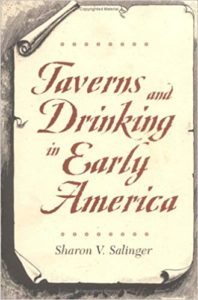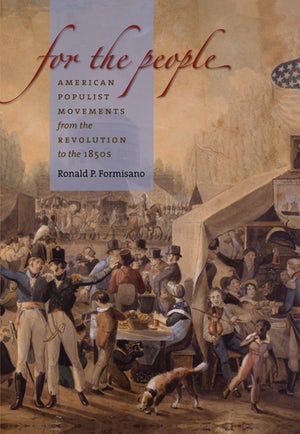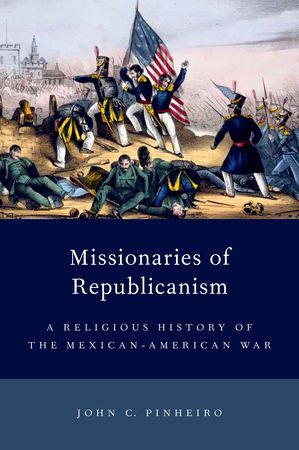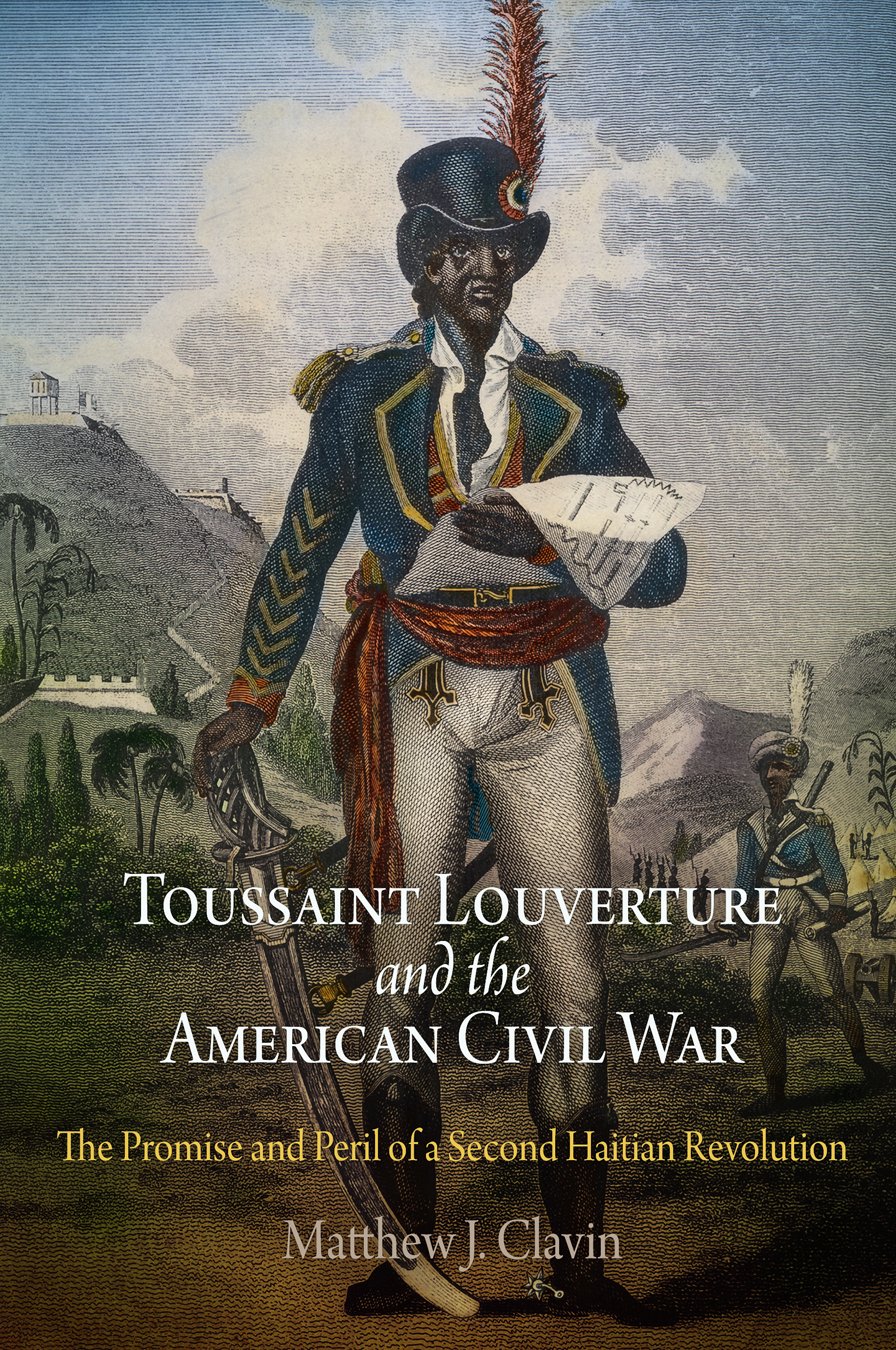In early America people slept and ate as well as drank in taverns, and they drank alcoholic beverages in places other than taverns. But this book is about drinking in taverns. Its evidence comes from a wide range of sources from the seventeenth- and eighteenth-century Anglo-American colonies in North America (a.k.a. “early America”): laws, account books, newspapers, criminal court records, diaries, administrative records, secondary literature on urban and legal history. It is mercifully light on didactic literature but uses it to hilarious effect, as when Increase Mather denounced “gynecandrical dancing or that which is commonly called mixt or promiscuous dancing, of men and women” (32; see also John Adams’s description of a tavern, 234).
The book’s designers used the same decorative figure thirteen times–a hearty bearded publican admiring a frothy glass while standing beside a barrel framed by a grapevine. Everything is wrong with this illustration. People came to taverns to drink booze: distilled liquors, especially rum. They drank them primarily to get drunk, not to expand their gustatory horizons. People drank promiscuously: while in Philadelphia to negotiate for Virginia with the Iroquois, a William Black recorded drinking Champagne, Madeira, claret, cider, lime punch, rum, brandy, port, and sherry. The culture of gentility thrived alongside drunkenness. There were clubs within taverns for conspicuous consumption of exotic drinks, and some taverns catered to a refined clientele. But most of the time most men drank similarly regardless of respectability: that is why we have such self-congratulatory diaries of refinement as Dr. Alexander Hamilton’s Itinerarium.
English culture accepted and encouraged the consumption of alcohol. People drank with every meal, while at work, and at every social and public gathering (ok, not church). Ale had been a household manufacture–hence “alewife”–since the medieval development of towns. This traditional industry became more highly capitalized and masculine in the sixteenth century as brewhouses increasingly sold to commercial establishments. Such establishments also sold distilled beverages, one of those new items–such as tobacco, tea, coffee, chocolate, and sugar–that early modern Europeans kept adding to their consumption schedules until they were mass luxuries. Brandy established the market in the sixteenth century; thereafter rum, gin, and whiskey developed as substitutes. Comparative data are not readily available, but colonists seem exceptional among Europeans in the social extent and amount of their drinking distilled beverages.
There were plenty of taverns in which to drink them. Taverns were far more numerous than any other type of architectural space besides dwellings. Taverns required licenses, but that was so authorities could issue them to make money, not to control drinking. The tendency was to compromise custom if it constrained drinking. Women were not even supposed to be in taverns, but in several colonial port towns nearly half the license-holders were women. The nominal social imperative for taverns was to accommodate travelers, but most of their occupants were locals. The American tavern fulfilled the contradictory functions of the English tavern (transitory accommodation) and alehouse (promiscuous drinking). The ratio of licenses to population was seldom fewer than one for every one hundred inhabitants; by the middle of the eighteenth century this was true of country towns as well as ports. That works out to roughly one vendor of alcohol for every two dozen males over sixteen.
Anglo-American colonial governments waged legislative war on inappropriate drinking. There needed to be taverns to accommodate travelers, but local access was a privilege denied to many groups by law. Sailors (!), apprentices, servants, African-Americans, slaves, and “Indians” were not supposed to be there. As with most such regulatory wars against drugs–think of the Volstead Act or the War on Drugs–these efforts largely failed, though not for want of legislative persistence. In 1712 Massachusetts, for example, prohibited selling rum in taverns. (Conversely, real wars to promote drug trades often succeed–think of the Opium War or Iran-Contra.) Prosecutions for alcohol violations per se were practically nil–one or two per year at most in almost any jurisdiction. Quaker meetings were the major exception in seriously addressing alcoholic behavior: during their first ninety years Pennsylvania Friends cited each other for drunkenness over one thousand times.
Drinking as behavior has not done well by the historiography of the American phase of the early modern consumer revolution, nor by demotic social and cultural history. It is telling, and troubling, that the best book on the culture of alcohol in early America, Peter C. Mancall’s Deadly Medicine: Indians and Alcohol in Early America (Ithaca, 1995), should be titled as a study of pathology among marginalized groups, when it actually treats its topic with anthropological respect. The William and Mary Quarterly reviewed Mancall’s book, but not W. J. Rorabaugh’s respectable The Alcoholic Republic: An American Tradition (New York, 1979). The WMQ has indexed “alcohol,” “cider,” “drinking,” “rum,” and “wine” collectively fewer than ten times in the past sixty years, and only two or three references focus on drinking rather than on production, trade, or regulation. It has indexed “whiskey” but only in reference to the Whiskey Rebellion. Histories of that rebellion usually take the consumption of whiskey for granted rather than analyze it as a crucially new form of alcoholic consumption in the early republic. The rum trade has been analyzed for what it can say about currency equivalencies and the volume of puncheons, but not for people’s actually drinking it. Compare that neglect with all the precious discussions of tea drinking.
The recent appearance of three non-antiquarian books on taverns reverses that neglect. Besides the book under review, they are David W. Conroy, In Public Houses: Drink and the Revolution of Authority in Colonial Massachusetts (Chapel Hill, 1995) and Peter Thompson, Rum Punch and Revolution: Taverngoing and Public Life in Eighteenth-Century Philadelphia (Philadelphia, 1999). As their titles indicate, the latter authors lack confidence that drinking itself is a respectable topic, but they have valuable discussions about its culture and behavior. The virtue of Sharon Salinger’s Taverns and Drinking is to center the story on drinking tout court. Early American historians still need to learn about studying this activity from English and French historians who have focused on it as a profound social and cultural fact, such as Thomas Brennan, Public Drinking and Popular Culture in Eighteenth-Century Paris (Princeton, 1988) and Peter Clark, The English Alehouse: A Social History, 1200-1830 (London, 1983). As David Hancock has shown so effectively in “Commerce and Conversation in the Eighteenth-Century Atlantic: The Invention of Madeira Wine,” Journal of Interdisciplinary History 29:2 (Autumn 1998): 197-219, the Atlantic turn in early American historiography requires a broader and more creative perspective on drinking as on all other topics. There is a vast social science literature on the consumption of alcohol. Historians’ increasing commitment to multidisciplinarity should make them thirst for it.
This article originally appeared in issue 4.1 (October, 2003).
John E. Crowley, George Munro Professor of History at Dalhousie University, Halifax, Nova Scotia, is the author of The Invention of Comfort: Sensibilities and Design in Early Modern Britain and Early America (Baltimore, 2001). His current research explores the creation of a global landscape in British visual culture c. 1750-1820.



















